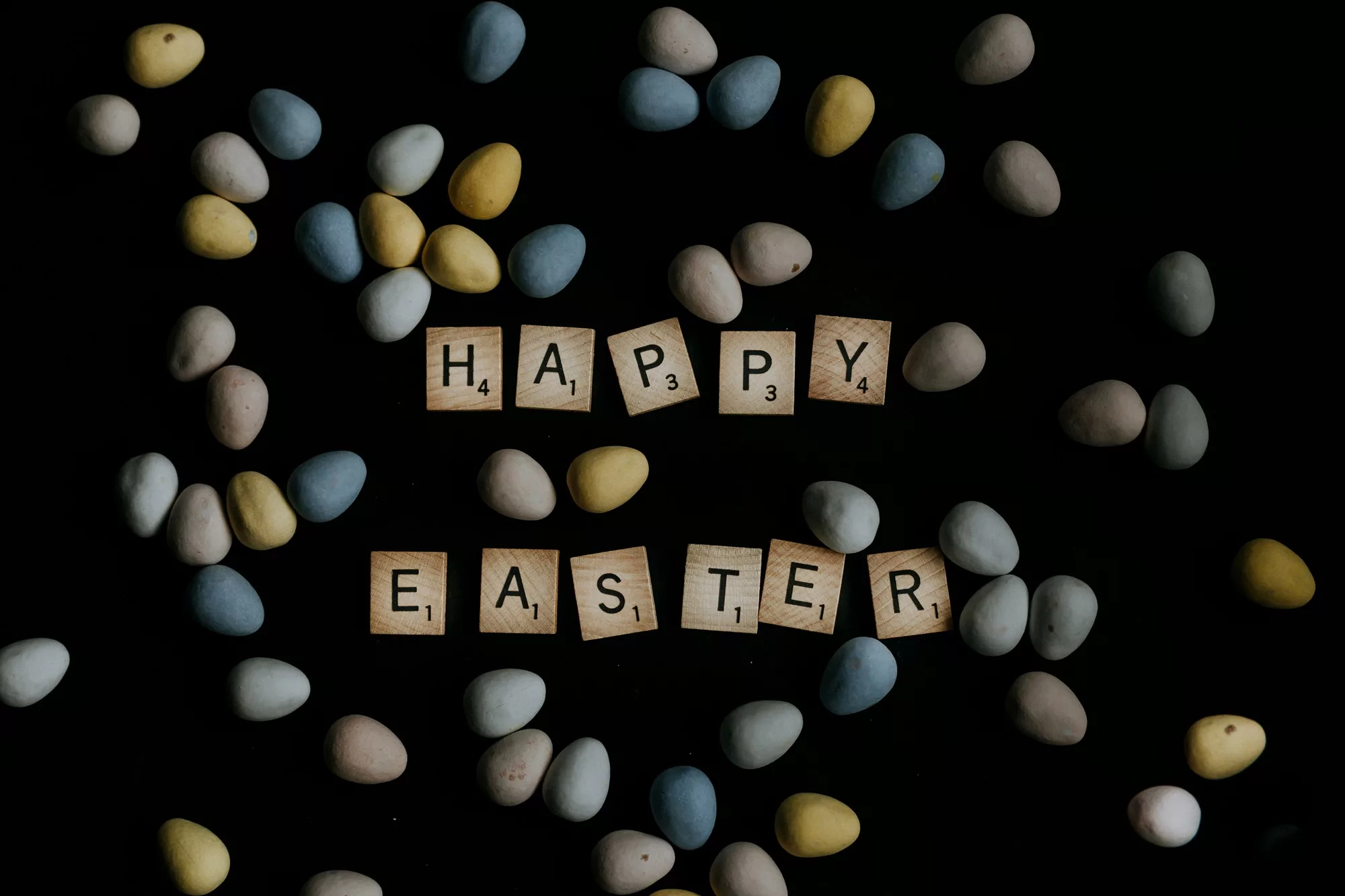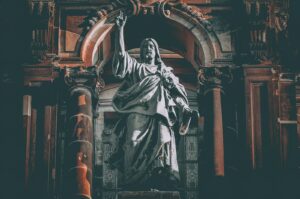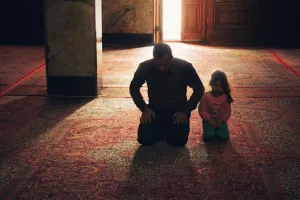Easter, an observance that resonates across the globe, holds profound significance as the cornerstone of Christian theology, marking the resurrection of Jesus Christ. However, its origins are far more multifaceted and diverse than what meets the eye. Embedded deeply in ancient rituals and pagan celebrations, Easter has gradually transformed into a fusion of Christian belief, historical customs, and modern traditions. The interplay between these elements has given rise to a festival that is celebrated in unique ways across cultures and continents. While its core religious essence remains intact for many, the holiday’s secularization and commercialization have also introduced new layers of meaning, making it one of the most dynamic and universally recognized occasions in the world.
To fully appreciate Easter’s place in history and its evolution into what it is today, one must delve into the rich tapestry of ancient springtime celebrations, the early Christian adaptation of these customs, and the eventual creation of new symbols and traditions. This article will provide a detailed exploration of the pagan roots of Easter, its integration into Christian doctrine, the iconic symbols and customs that define the holiday, and the diverse ways in which it is celebrated worldwide. By examining these aspects, we aim to shed light on how Easter became a celebration of life, renewal, and hope—a theme that resonates with humanity universally.
The Pagan Foundations of Easter
Easter, as it is known today, did not emerge in a vacuum. Its origins are inextricably tied to the ancient pagan celebrations that heralded the arrival of spring. These celebrations, often centered around themes of fertility, renewal, and the triumph of light over darkness, were prevalent among many cultures long before the advent of Christianity. Spring, a time of rebirth in the natural world, provided the perfect metaphor for the spiritual renewal later emphasized by the Easter story.
The Festival of Ēostre and Its Symbolism
One of the most widely cited pre-Christian festivals linked to Easter is the Anglo-Saxon celebration of Ēostre, also known as Ostara. According to historical accounts, particularly those of the venerable Bede, Ēostre was a goddess of spring and fertility whose festival occurred around the vernal equinox. This time of year marked a critical juncture for agrarian societies, as longer days and warming temperatures signaled the beginning of the planting season and the reawakening of life.
The imagery associated with Ēostre—rabbits, hares, and eggs—symbolized fertility and abundance. These creatures, known for their prolific reproduction, became powerful representations of life’s enduring cycle. Eggs, in particular, held dual significance as symbols of fertility and as metaphors for the earth’s awakening after the barren months of winter. Though the direct connection between the goddess Ēostre and the Christian Easter has been debated among scholars, there is little doubt that many of the festival’s symbols were adopted and transformed into Christian meanings.
Spring Equinox Festivals Across Cultures
Ēostre’s festival was by no means unique. Many ancient cultures celebrated spring equinox festivals that emphasized similar themes of renewal, balance, and rebirth. In Persia, for example, the festival of Nowruz celebrated the new year and the rejuvenation of the natural world. This 3,000-year-old tradition, rooted in Zoroastrianism, involved rituals of cleansing, feasting, and honoring the arrival of spring.
In Roman culture, the festival of Hilaria, dedicated to Cybele, the mother goddess, was held in late March to mark the resurrection of her consort Attis. This myth of death and rebirth mirrors the later Christian narrative of Jesus’ crucifixion and resurrection, demonstrating how deeply ingrained these themes were in human consciousness. Meanwhile, in Egypt, the resurrection of Osiris, a deity associated with fertility and renewal, was celebrated in ways that may have influenced early Christian storytelling.
Such festivals provided the blueprint for how Christianity would later adapt and reinterpret springtime rituals. By incorporating familiar symbols and themes, Christian leaders were able to make their faith more accessible to converts, creating a seamless transition between old and new traditions.
The Christianization of Easter
While Easter’s pagan foundations are evident, its transformation into a distinctly Christian holiday was both a deliberate process and a reflection of theological evolution. The resurrection of Jesus Christ, which lies at the heart of the Easter celebration, represents a spiritual rebirth that parallels the natural rebirth celebrated in pagan spring festivals.
The Crucifixion and Resurrection: Foundations of Faith
The Easter story begins with the Passion of Christ, detailing his suffering, crucifixion, and eventual resurrection, as recorded in the New Testament Gospels. For early Christians, the resurrection was not merely an event but the cornerstone of their faith, symbolizing victory over sin and death. This miraculous occurrence offered believers the promise of eternal life, making Easter the most important feast in the Christian liturgical calendar.
The timing of Easter is closely linked to Passover, the Jewish festival commemorating the Israelites’ liberation from Egypt. According to the Gospels, Jesus was crucified during Passover, and his resurrection occurred three days later. This connection to Passover deeply influenced the timing and rituals of Easter, even as the two celebrations diverged in meaning.
The Council of Nicaea and the Establishment of Easter
One of the most significant turning points in Easter’s history was the Council of Nicaea in 325 CE. Convened by Emperor Constantine, this gathering of church leaders sought to resolve theological disputes and standardize Christian practices, including the date of Easter. To distinguish Easter from Jewish Passover, the council decreed that it would be celebrated on the first Sunday after the first full moon following the vernal equinox.
This decision not only ensured that Easter remained a springtime festival but also reinforced its alignment with themes of light, renewal, and resurrection. The establishment of a movable date for Easter reflected the Christian tradition’s ability to adapt and integrate diverse cultural practices, allowing it to flourish as a global religion.
The Symbols and Traditions of Easter
Easter’s symbols and traditions are perhaps its most recognizable and enduring features, blending ancient pagan imagery with Christian interpretations. From the Easter egg to the Easter bunny, these symbols have transcended their original meanings to become beloved aspects of modern celebrations.
Eggs as Symbols of Life and Resurrection
Eggs have long been associated with fertility and renewal, making them a natural fit for Easter. In pre-Christian spring rituals, eggs represented the promise of new life, while in Christian symbolism, the egg came to signify the resurrection of Christ, with the shell representing the sealed tomb and the emergence of life symbolizing the resurrection.
The practice of decorating eggs, a tradition particularly strong in Eastern Europe, is believed to have originated with Orthodox Christians. Elaborate designs and vibrant colors were used to express joy and celebrate the resurrection. This custom eventually spread across the Christian world, evolving into modern traditions such as Easter egg hunts and the giving of chocolate eggs.
The Easter Bunny and Fertility Folklore
The Easter Bunny, one of the holiday’s most iconic figures, has its roots in the pagan worship of fertility symbols. Rabbits and hares, known for their prolific reproduction, were sacred to spring deities such as Ēostre. German immigrants introduced the concept of an egg-laying hare to America, where it evolved into the playful tradition of the Easter Bunny bringing eggs and treats to children.
Easter’s Modern Evolution and Global Celebrations
Over centuries, Easter has continued to evolve, shaped by the cultures and traditions of those who celebrate it. Today, it is a holiday that transcends religious boundaries, blending spiritual significance with secular festivities.
In Western Christianity, Easter is often marked by church services, feasts, and family gatherings, with customs such as egg hunts and the exchange of chocolate bunnies gaining popularity in the 19th and 20th centuries. In Eastern Orthodox Christianity, Easter remains a deeply spiritual occasion, with traditions such as the midnight Resurrection service, the lighting of the Paschal candle, and the breaking of the Lenten fast with celebratory meals.
Globally, Easter takes on unique forms, from the dramatic Semana Santa processions in Spain to the colorful Passion Plays of Mexico. These diverse customs reflect the universal themes of renewal and hope that lie at the heart of the holiday.
Conclusion
The origin of Easter is a fascinating web woven from threads of ancient pagan rituals, early Christian traditions, and modern cultural influences. It is a celebration that has transcended time, geography, and belief systems, uniting themes of renewal, hope, and the triumph of life over death. From its symbolic roots in fertility festivals and the veneration of spring deities to its profound significance as a cornerstone of Christian faith, Easter reflects humanity’s universal longing for connection, rebirth, and the promise of a brighter tomorrow.
Today, Easter serves as both a spiritual observance and a cultural celebration, blending solemn reflection with joyous festivity. Its enduring appeal lies in its ability to evolve while remaining deeply rooted in its core message of renewal and redemption. Whether commemorated through religious rituals, playful traditions like egg hunts, or global expressions of community and joy, Easter continues to inspire and uplift millions around the world.




